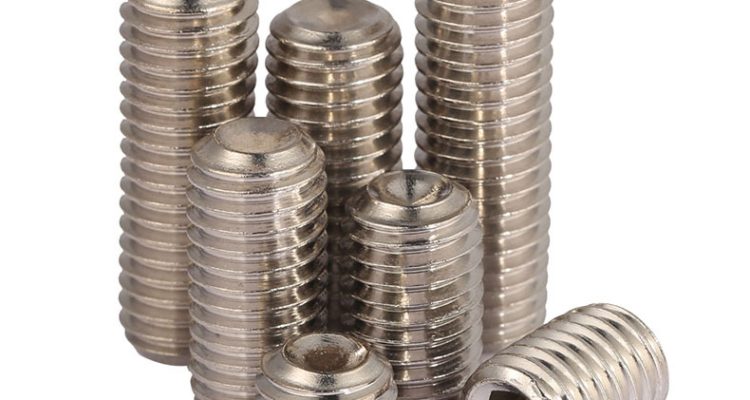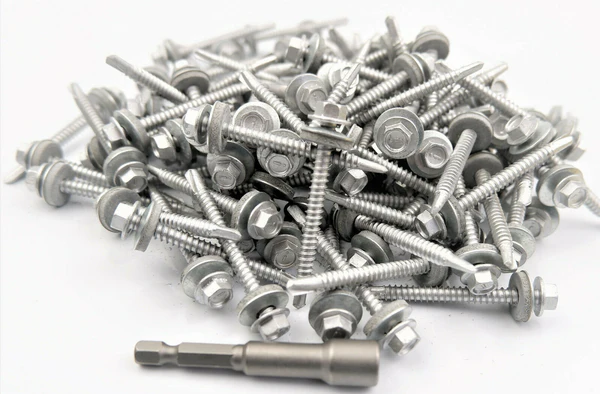
Can you explain the function of a rod end bolt in securing mechanical components
Rod end bolts secure mechanical components by threading into them, gripping control rods with a tapered end, and are tightened using a wrench, often used in pairs for balanced force distribution and typically made from high-strength materials to handle dynamic loads, requiring regular inspection for maintenance.
Table of Contents
ToggleVarious Environments and Rod End Application
Rod ends can be used in almost all environments and industries, thus, performing their versatile function of converting rotational motion to linear motion and absorbing various shocks and loads.
Rod Ends in the Automotive
In the automotive industry, rod ends can be found in the suspension system, where they are responsible for connecting steering knuckles to control arms. This helps produce an up-and-down movement that is used for drive control. When a car drives along a bumpy road, it requires to employ the rod ends to maintain the integument of the steering mechanism.
Machinery Industry
Rod ends are widely-used in the industrial machinery sector, where they are responsible for transferring motion, absorbing vibration, and taking loads. For example, in hydraulic systems, they maintain a smooth transfer of motion on the piston rods, which allows producing less noise and lower wear and tear.
Aerospace Application

SK-NYT-832
Due to the high levels of speed, a variety of air pressure, temperature, and constant vibration, it is critical to employ high-quality rod ends and have highly accurate steering control surface actuators that are used in various aircraft.
Rod Ends and Bolts Interaction
The order “rod ends and bolts” is not incidental, as these components are paramount for a variety of mechanical systems, and their interaction is responsible for their correct functioning and a longer life.
Load and Alignment Balancing
As the load and alignment balancing is concerned, a rod end has a unique design, which includes a spherical socket at one end for the rod to go through it. Therefore, the angular misalignment is possible in this system. However, the major load-balancing property is in the bolt that clamps the rod end to the component. This system ensures that the load is distributed evenly and not only the rod end or the bolt wears, and extends the life of a mechanical system.
Bolt Grade and Material Match
In order to ensure that these two components work correctly together, a bolt grade is crucial. A higher-grade bolt is a natural solution, and the best examples are Grade 8 or 10.9 bolts that ensure maximum strength and resistance to fatigue.
Proper installation of bolts with rod ends is essential for safe and secure fastening. The process includes applying the correct torque to avoid overtightening, which may stretch the bolt or deform the rod end, and under tightening, which may result in fastener failure.
Manufacturing processes
In recent years, manufacturing processes for the production of rod end bolts have been significantly improving owing to the use of technologies, such as new CNC machining instruments and 3D printing. These can now produce much more complex geometric constructions, offering better precision and geometry.
Mechanical design of the future
Mechanical design of the future will also be enhancing the performance of the rod end bolts. There is a trending interest to developing self-adjusting rod end whose geometry can adjust to the wear and tear in it to provide same performance throughout its lifetime.
Summary and best practices
Understanding the purpose and application of rod ends is important in order to ensure the efficient and safe operation of any mechanical system. By keeping the best practices in mind and utilizing available resources, assemblers can make sure that their equipment will work properly and will not be subject to wear and tear.
Rod End Functionality: The Main Lessons
Probably, the key fact, which I can take from the function of rod ends is that the devices make it possible to provide an effective mode of turning a rotational motion where it is required and to absorb the shock loads. However, they are designed to resist a certain tension, compression, or shear load. It is important to be able to select an appropriate type of rod end: a heim joint for an automotive application or a spherical bearing rod end for some industrial machinery. In addition, it is important to understand the capacity of load which the device will have to resist, and the environments where it will be operating. When assembling rod ends, it is important to ensure the compatibility of materials which are used, and they should be well aligned. Finally, it is also necessary to avoid over tightening or improper use of various compounds facilitating the fastening of rod ends.
What else assembly workers might be interested in
For the most interested specialists, a large number of resources can be mentioned. Almost all manufacturers present the detailed information aimed at helping workers assemble rod ends with the least losses for the time and material and so that these rod ends are employed in the most efficient way. The information can concern the specifications of the most suitable rod end types and the corrosion resistance of certain coatings. There are also a lot of technical publications, industry forums, and online courses to consider.
It can be concluded that both assembling and maintaining mechanical systems with rod ends requires knowledge, skill, and vigilance. By keeping the best practices in mind and utilizing available resources, assemblers can make sure that their equipment will work properly and will not be subject to wear and tear. It is important to stay updated on the latest trends and technologies that can allow for a more efficient functioning of systems with rod ends.


How to ensure quality in custom bolts
Specify materia…

What are the bolts material grades
Bolts are class…
